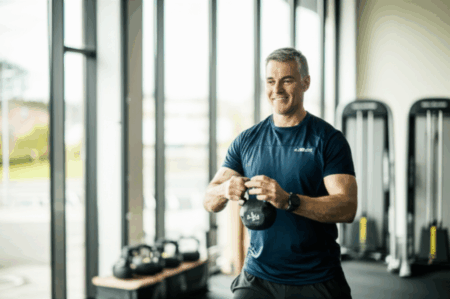Kali Muscle, born Chuck Kirkendall, is a name synonymous with extreme dedication to fitness, a captivating life story, and a physique that defies conventional training norms. From his challenging upbringing in Oakland to his transformative years in prison, where he innovated “prison workouts” using unconventional means, Kali Muscle has consistently pushed boundaries. Even after a significant health scare in 2021—a heart attack due to a 100% blockage of his left coronary artery—he continues to adapt his regimen, demonstrating remarkable resilience and a unique approach to both building massive muscle and maintaining a healthy physique. His journey offers compelling insights for anyone looking to achieve significant physical transformation.
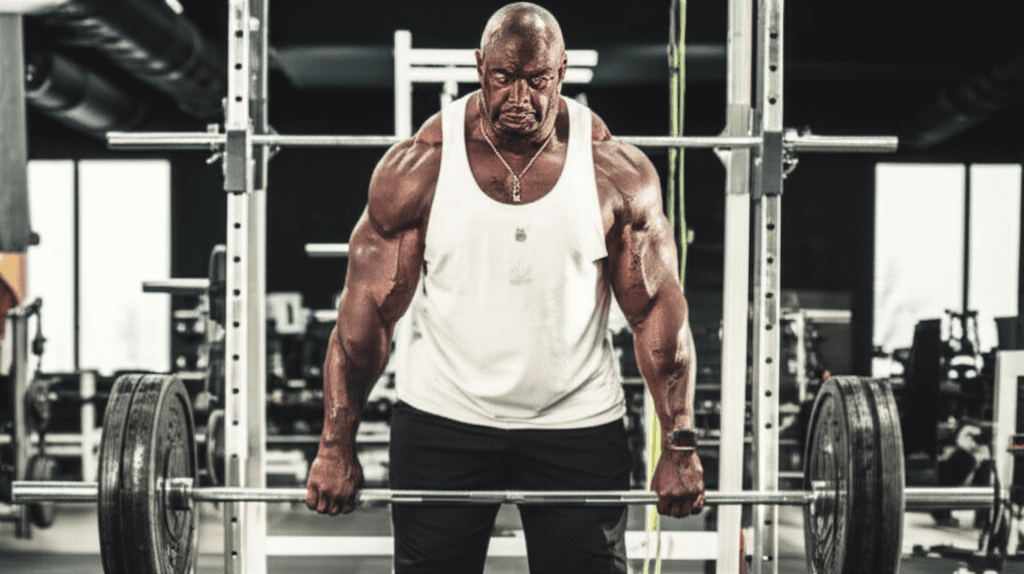
Kali Muscle: A Journey of Transformation
Kali Muscle’s path to becoming a bodybuilder, actor, and YouTube sensation is deeply intertwined with his personal history. Facing financial struggles and a stint in prison, he turned to bodybuilding as a means of discipline and self-improvement. It was during his incarceration that he famously developed a “prison-style” workout, utilizing anything available—from water bottles and garbage bags to fellow inmates—as weights and platforms. This period cemented his philosophy of intense, high-repetition training. After his release, he leveraged social media to share his unique methods, gaining millions of subscribers and becoming an influential figure in the fitness world.
In 2021, Kali Muscle faced a major health crisis, suffering a heart attack. This event prompted a shift in his training and dietary philosophy, moving towards a healthier, more sustainable lifestyle focused on longevity and overall well-being while still maintaining impressive muscle mass.
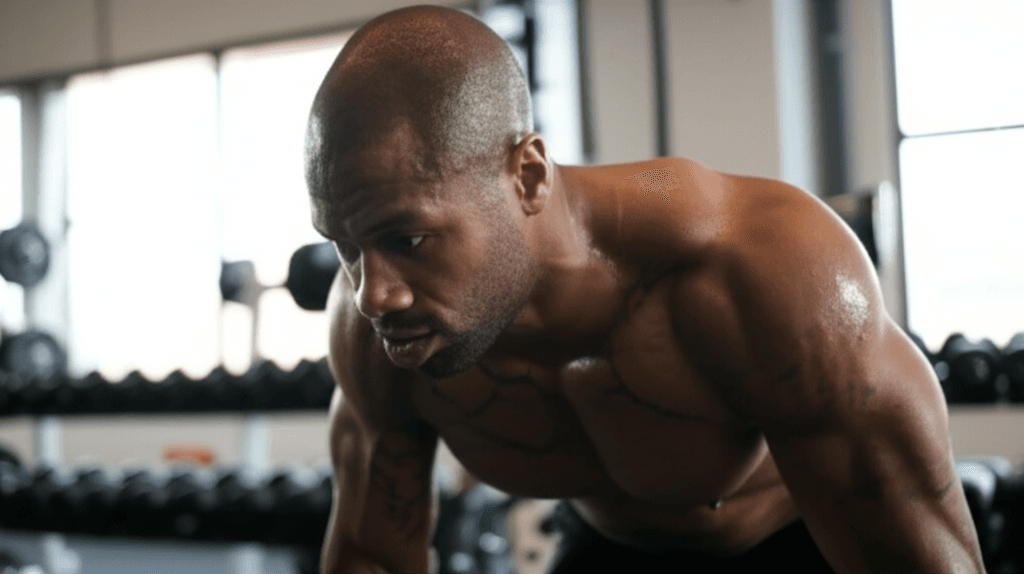
The Philosophy Behind the Physique: High Reps & Intensity
Kali Muscle’s training philosophy is rooted in high intensity and high repetitions, a principle he attributes to his time in the penal system where competition often revolved around repetitions. He believes this approach builds muscle density, maturity, and definition. While he incorporates compound exercises like the bench press and barbell squat, his workouts often feature a high volume of reps (15-20 or even higher) and sets (4-5 sets per body part), frequently pushing to failure.
He emphasizes the “pump,” focusing on pushing as much blood as possible into the muscles rather than always completing reps to full lockout, especially in his post-heart attack training. This focus on continuous tension and high volume aims to maximize muscle growth and endurance.

Kali Muscle’s Workout Regimen
Kali Muscle’s workout routine has evolved over time, reflecting his past “prison workouts” and a more recent adaptation for health.
“Prison-Style” Bodyweight Training
During his time in prison, Kali Muscle became renowned for his ability to build an imposing physique with minimal equipment. His “prison exercises” involved:
- Improvised Weights: Using water bottles, garbage bags, and even other inmates for resistance.
- Bodyweight Staples: Extensive use of push-ups, pull-ups, squats, and leg raises with various modifications to increase difficulty and target different muscle groups. For example, his push-up routine included wall, incline, kneeling, half, full, close, uneven, half one-arm, lever, and one-arm push-ups. His squat routine similarly featured various forms like shoulder stand squats, jackknife squats, and single-leg variations.
- High Repetition and Volume: Performing an extremely high number of repetitions and sets, often pushing well beyond typical bodybuilding standards.
Current Training Approach
Post-prison and especially after his heart attack, Kali Muscle has continued to incorporate principles from his past while adapting to a more health-conscious approach. He still trains heavily and emphasizes compound movements, but has also included more accessible at-home workouts. He aims for 15-20 reps per set, doing 4-5 sets per body part, and typically trains three to four times a week.
A sample breakdown of his training, drawing from various sources, includes:
- Monday: Push-Ups – A variety of push-up variations (wall, incline, kneeling, half, full, close, uneven, half one-arm, lever, one-arm) with high sets (5) and reps (10-50).
- Tuesday: Leg Raises – Focused on core and lower abdominal strength through exercises like knee tucks, flat leg raises (bent and straight), frog raises, and hanging variations.
- Wednesday: Pull-Ups – Incorporating vertical pulls, horizontal pulls, jackknife pulls, and various pull-up and chin-up modifications, often with 4-5 sets and 10-40 reps.
- Thursday: Squats – Diverse squat variations (shoulder stand, jackknife, supported, half, full, close, uneven, half one-leg, assisted one-leg, one-leg ultimate endurance) with high sets and reps. He also performs exercises like squats, leg press, lunges, and calf raises with 4 sets of 12-25 reps.
- Friday: Bridges – A routine focusing on short bridges, straight bridges, angled bridges, head bridges, half bridges, full bridges, wall walking bridges, and stand-to-stand bridges.
- Saturday: Handstand Push-Ups – Exercises like wall handstands, crow stands, half handstand push-ups, close handstand push-ups, uneven handstand push-ups, and one-arm variations.
- Sunday: Rest Day.
More recent workouts might include dumbbell-based exercises for chest, shoulders, and triceps, focusing on high reps and the “pump”. He also incorporates cardio, often 15 minutes on the treadmill before a workout.
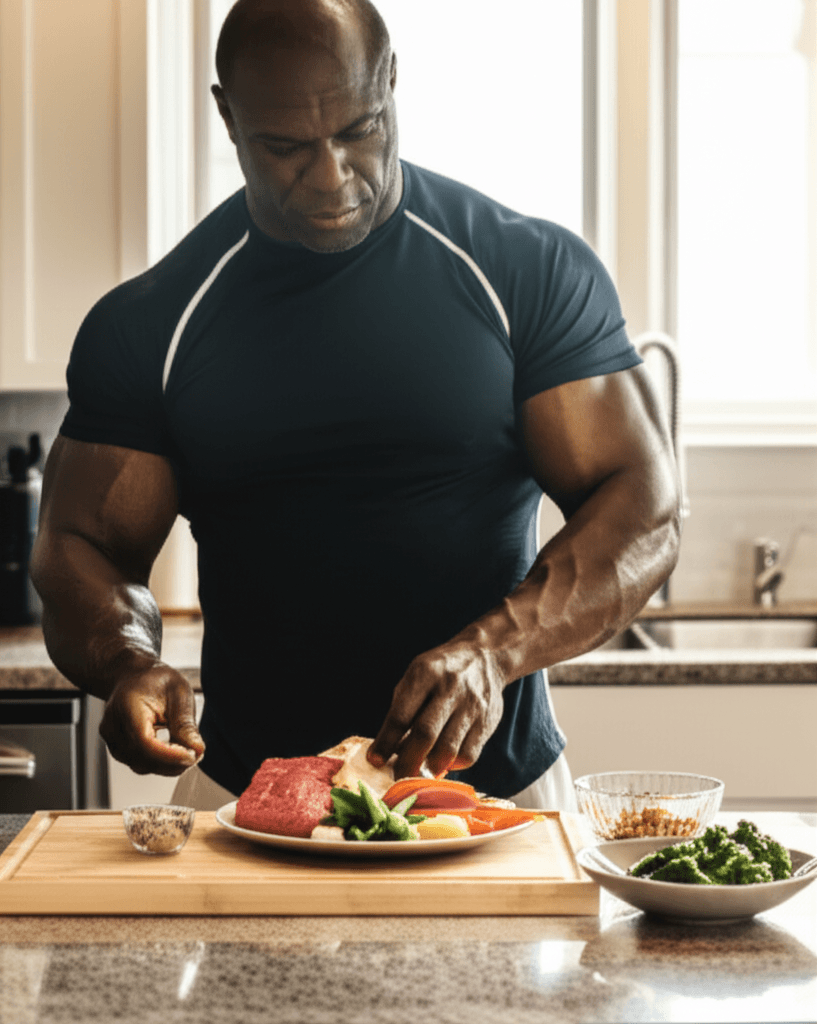
Fueling the Machine: Kali Muscle’s Diet Principles
Kali Muscle’s diet is designed to support his rigorous training and maintain his impressive physique, while also adapting for health. His philosophy centers on consuming a high-calorie, nutrient-dense diet with a strong emphasis on whole foods.
High-Calorie, Nutrient-Dense Focus
Historically, Kali Muscle maintained a high-calorie diet to fuel intense workouts and muscle growth. Even when focusing on weight loss, he shifted to lean proteins and healthy fats to shed fat while preserving muscle. He views food as vital for gains and recovery.
Specific Food Choices
His diet includes a variety of healthy, fresh foods. Key components are:
- Lean Proteins: Chicken breast, ground turkey, salmon, and a significant amount of tuna are staples. Eggs are also consumed for high-quality protein and healthy fats.
- Complex Carbohydrates: Sweet potatoes, rice, and a variety of beans provide energy.
- Fruits and Vegetables: He includes plenty of healthy vegetables and fruits for essential nutrients and fiber.
- Healthy Fats: Foods like avocado and salmon contribute healthy fats to his diet.
Meal Frequency and Hydration
Kali Muscle often eats six meals per day to maintain his mass and fuel his body consistently. Hydration is also a critical component, with Kali emphasizing drinking a gallon of water daily to stay hydrated during workouts and support overall health.
Approach to Supplements
While he previously used supplements like “Hyphy Mud” (a pre-workout) and whey protein, his post-heart attack approach has seen a shift. He now avoids caffeine and focuses on supplements he regards as safe, such as his own brand’s “Hyphy Aminos” and “Hyphy Brain”. Interestingly, he has stated he believes protein powder isn’t an effective option and prefers whole foods for protein. Honey is also noted as part of his pre-workout routine. He also emphasizes the importance of balancing nutrition with exercise.

Balancing Weight Loss and Muscle Gain
Kali Muscle’s journey showcases how it’s possible to pursue both weight loss and muscle gain (or preservation). His strategy for fat loss involves a combination of strategic dietary changes and intense exercise. By focusing on lean proteins, healthy fats, and controlled carbohydrate intake, he can shed excess fat while maintaining muscle mass. His high-intensity training, which includes compound movements, is crucial for calorie expenditure and muscle recruitment, aiding in fat loss while preserving the muscle gained. This balanced approach of mindful eating and rigorous, consistent training allows him to achieve a defined physique while adapting to his health priorities.

Key Takeaways from Kali Muscle’s Approach
Kali Muscle’s workout and diet philosophy emphasizes:
- Adaptability: His ability to train effectively with limited resources (prison workouts) and adapt his regimen post-heart attack highlights the importance of making fitness work for your circumstances.
- High Intensity and Volume: A core belief in pushing the body with high repetitions and sets to stimulate muscle growth and density.
- Whole Food Nutrition: Prioritizing clean, nutrient-dense whole foods over processed options to fuel the body.
- Consistency and Discipline: His long career in fitness underscores the paramount importance of unwavering commitment to both training and diet.
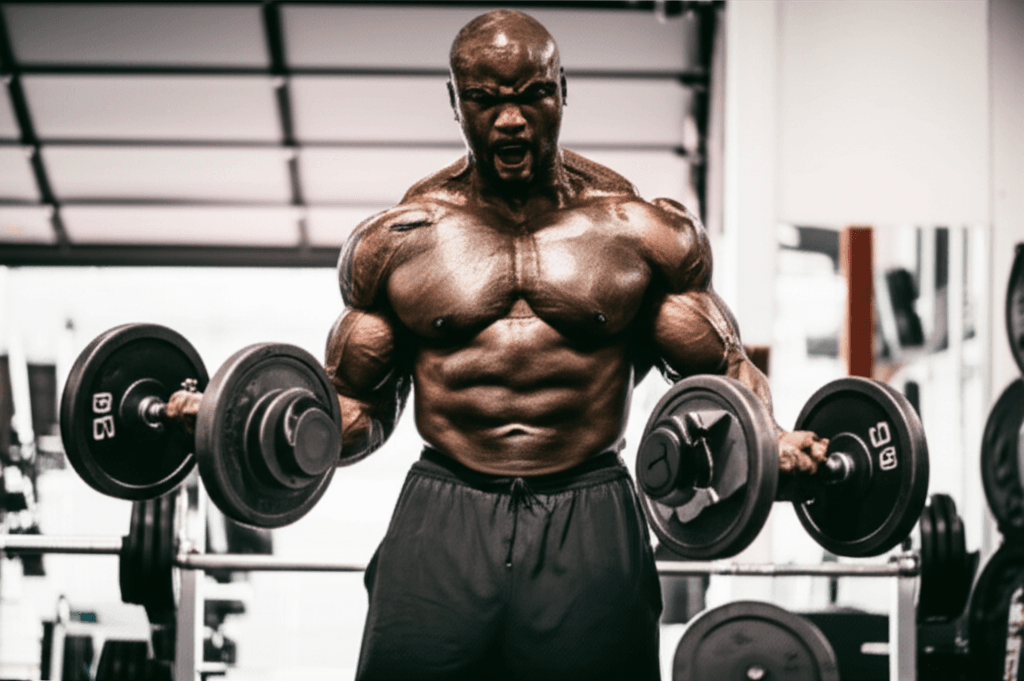
Important Considerations
While Kali Muscle’s journey is inspiring, it’s crucial to remember that individual results vary. His extreme training methods, particularly the “prison workouts,” were developed under unique circumstances. Before adopting any new intense workout or dietary regimen, especially one involving high volume or significant caloric changes, it is highly recommended to consult with a qualified fitness professional or healthcare provider. This ensures the approach is safe, appropriate, and tailored to your individual health status and goals.






